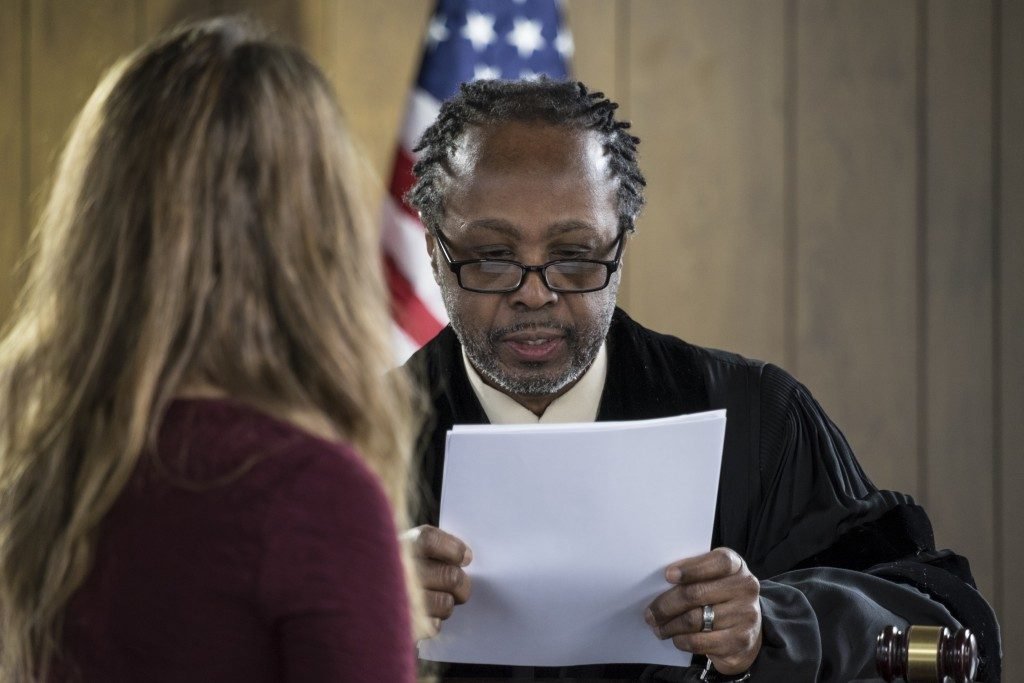In legal terms, a pleading is basically used for explaining the document’s purpose. It contains the defense of claims filed with the court by the parties involved. Put simply, it’s a formal statement containing issues that need to be tried. Based on the Federal Rules of Civil Procedure, a pleading must contain these three crucial elements. One, a statement regarding the basis on which the jurisdiction of the court depends, two, a statement about the claims, and three, a demand for justice that’s being sought by the plaintiff or pleader.
The Complaint and The Pleading Title
You are probably well aware of the classes in your New York–based paralegal school that the whole point of a complaint involves stating sufficient details to inform an opposing party about the claim against them. You do not need to include any facts or conclusions to establish your claim against the opposing party. When developing a pleading, however, you must keep a list of all the claims that you have to detail in the complaint. You should also list down the basis required for proving all of the claims. In the event that the claim involves multiple defendants and plaintiffs represented by different counsels, you should include all of their names for clarity.
Why Selecting The Proper Venue and Jurisdiction is Very Important
 Once you have concisely and clearly introduced the complaint in your opening sentence, you then have to include the court’s venue and jurisdiction in your complaint. Keep in mind that every court has specific jurisdiction, and in order to justify the complaint, you need to address the proper court with the right jurisdiction. As for the court’s venue, it’s basically where the court is located and where the case will be tried and decided on.
Once you have concisely and clearly introduced the complaint in your opening sentence, you then have to include the court’s venue and jurisdiction in your complaint. Keep in mind that every court has specific jurisdiction, and in order to justify the complaint, you need to address the proper court with the right jurisdiction. As for the court’s venue, it’s basically where the court is located and where the case will be tried and decided on.
It is also very crucial to note that when you are deciding on the venue, you have to remember a couple of key elements. These include client costs, options for judges, the statutes of limitations, potential jury pools, allowable damages, as well as the basis that will be used for proving the claim or claims of the client. If you fail to choose the right venue or jurisdiction, there’s a high chance that the case might be dismissed even before it’s heard.
Organization is Extremely Vital
Aside from the basics already stated above, the key to writing an effective pleading is to ensure that you thoroughly understand the claims of the client and that you can provide relevant evidence for every claim. You must also state all relevant events in a logical and chronological order. Avoid using multiple theories in order to prove the claim because this might lead to unnecessary confusion.
In addition, you need to make certain that all the theories you posit are as clear and straightforward as possible to avoid broadening the claim’s discovery scope, which could, in turn, raise the litigation costs of your client. Remember that the entire point of the pleading is to develop a cause of action that you can back with legal theory to enable your client to obtain judicial relief.

